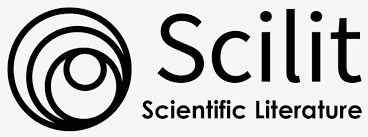Penerapan Composite Logic dalam Mengkolaborasikan Framework Terkait Multimedia Forensik
DOI:
https://doi.org/10.14421/jiska.2017.21-04Abstract
Like the digital forensics in general, multimedia forensics requires an integrated and flexible framework that can guide the process of proof is procedurally in order to maintain the validity of a digital evidence so that it can be justified in court. But this time, the digital forensics investigation framework that develops more emphasis on computer forensic investigations in general and did not give a specific stage of multimedia forensics. Often in investigating multimedia forensics investigator uses a framework that vary depending on the type of multimedia content to be analyzed, of course it becomes inflexible and inefficient, whereas multimedia content share characteristics that allow it to be integrated into a single unit. This study develops a forensic multimedia framework by implementing the Composite Logic to collaborate on several multimedia framework and related documents. Logic Composite method is a method of modeling the distribution of structured logical modularization techniques with explicit interface in which a model consists of a set of components that are interconnected with the principle of decomposition. In other words, the application of this method will allow researchers to extract and merge several frameworks into a single unit does not eliminate the function and the basic structure of the frameworks.
Downloads
Published
How to Cite
Issue
Section
License
Authors who publish with this journal agree to the following terms as stated in http://creativecommons.org/licenses/by-nc/4.0
a. Authors retain copyright and grant the journal right of first publication with the work simultaneously licensed under a Creative Commons Attribution License that allows others to share the work with an acknowledgement of the work's authorship and initial publication in this journal.
b. Authors are able to enter into separate, additional contractual arrangements for the non-exclusive distribution of the journal's published version of the work (e.g., post it to an institutional repository or publish it in a book), with an acknowledgement of its initial publication in this journal.
c. Authors are permitted and encouraged to post their work online (e.g., in institutional repositories or on their website) prior to and during the submission process, as it can lead to productive exchanges, as well as earlier and greater citation of published work.









